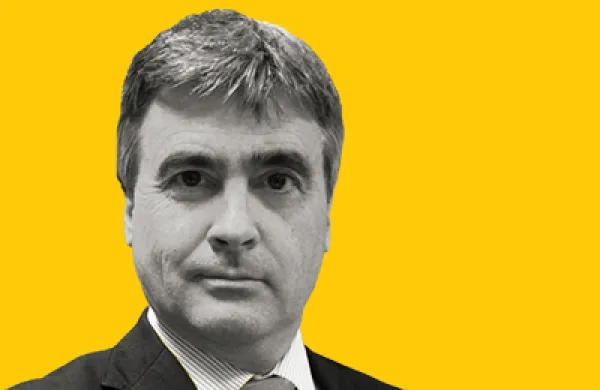Simple may be optimal in evaluating hedge funds, three Australian researchers have concluded.
The study, published late last year on the Social Science Research Network, suggested that comparing hedge funds to their strategy peers, or cohorts, was a more reliable method than factors for isolating manager skill from underlying beta and luck.
Breaking down manager performance by risk factor began taking hold around 15 years ago, but the persistent problem of omitted or unacknowledged variable has troubled academics.
“The evidence indicates that the complexity of hedge funds, and their widely differing strategies, make them difficult to analyze using common factor models — even with controls for non-linearity in returns,” wrote study authors David Fosberg of Macquarie University’s business school, David Gallagher (Capital Markets Cooperative Research Center), and Geoffrey Warren (Australian National University).
[II Deep Dive: Quants Spar in Factor Fight]
Fosberg, Gallagher, and Warren sourced their data from Hedge Fund Research and eVestment, then looked at the 4,469 funds with more than $10 million under management and at least one other comparable product.
As a benchmark for their cohort analysis, the authors used a common seven-part model for measuring alpha: equity market, size, bond market, credit spread, and three trend-following factors.
They found that fund performance was better explained by peer comparisons 99 percent of the time and for 90 percent of funds, versus the seven-factor mode. The peer comparison method signaled not only alpha, but more persistent alpha.
“Employing the cohort model, we find that hedge funds that outperform their cohort over the previous 24-month period continue to outperform for the following three years,” wrote Warren, Gallagher, and Fosberg. “In contrast, alpha persistence under the seven-factor model is both lower in magnitude and continues for less than one year.”





